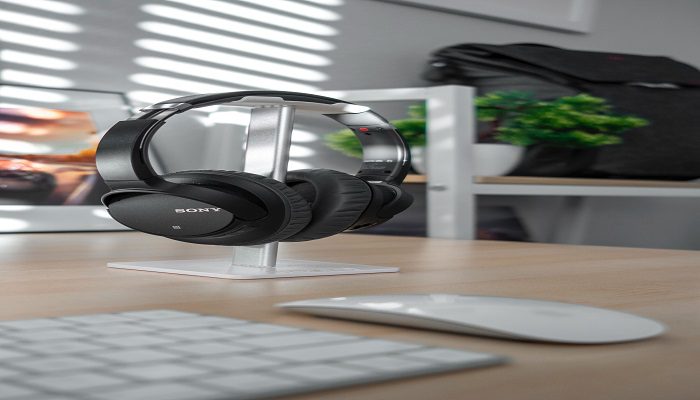Consumer electronics or electronic home appliances are computer software designed for daily usage, usually at home. Consumer electronics consist of personal computers, televisions, DVD players, video game consoles and audio and video accessories. Consumer electronics are often sold together as a package, especially in electronic stores. Generally referred to as consumer goods because most products are housed in dark or black boxes.
Consumer electronics have come a long way from their modest beginnings. In the early part of the 20th century, a company called Jabil is responsible for the invention of the electric shaver. The company’s founder was a barber who invented the first electric shaver to be used in public. Now, more than two hundred million electric shavers have been produced worldwide. The Electric Company of America or the EEA is the governing body that licenses, and promotes the manufacture of electric appliances in North America.
The EEA markets consumer electronics devices under the names Microsoft, Compaq, Toshiba, AOL, PC maker to name a few. Today, the largest manufacturers of personal computers, Dell, Gateway, HP and Acer produce most of the personal computers sold in America. Most of the consumers’ electronics need comes from the consumer electronics industry.
In addition to manufacturing personal computers, televisions, DVD players and other electronic devices, the consumer electronics industry also manufactures other types of appliances such as medical equipment, home appliances and food and drug products. As consumers become busier, their needs are also growing. Some examples of devices that require high quality and quantity production are refrigerators, ovens, washing machines, dishwashers, dryers, food processors, cable TV, digital phones and home entertainment systems. The size and cost of these devices make them a significant portion of the total revenues of both the consumer electronics and appliance industries.
Although the growth and profit potential of the consumer electronics industry is very promising, there are some challenges as well. Consumer electronics products will never reach the critical mass stage if they are not manufactured efficiently. Some companies have failed because of poor quality, low pricing or poor timing. Some of the key reasons why companies fail in the early adopter stage are that they did not provide sufficient marketing and distribution services to make the devices successful. Similarly, they did not focus enough on quality assurance until after a device has already reached a critical mass stage. The failure of companies like Panasonic in the early 1990’s is perhaps an example of when consumers went for a cheap product, paid more for it and then decided not to replace it when it failed.
In recent years, though, the competition between the consumer electronics companies has grown so fierce that they have started developing products that are more cost efficient and more reliable. At the same time, they have also started to provide services that consumers value more. For instance, Apple has launched a number of products that are more convenient and offer better features than its competitors. In addition, Apple has also introduced devices that can play music and videos, run apps, and perform other tasks that personal computers previously found impossible. It is clear that if Apple keeps on introducing new and improved products, it will be able to keep up with the demands of the ever-growing consumer electronics market.




































